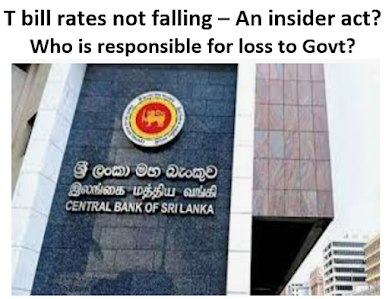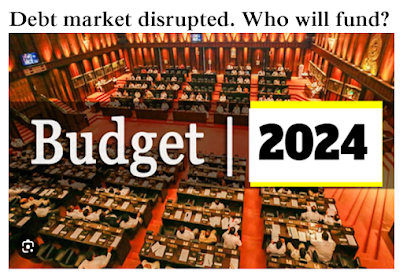Is govt a victim of monetary policy? Is there any bailout?

Article's Background It is the long tradition of the CB to use public debt management as the conduit for the monetary policy. The major reason is the inherent ineffectiveness of policy interest rates to drive interest rates in the economy. The ineffectiveness mainly arises as policy rates target the levels of overnight inter-bank interest rates whose lending volume is insignificant, as compared to the total flow of credit and money created by the banking system, to affect other interest rates. In addition, the policy rates system from the beginning of this year has restricted the CB's standing facilities and, therefore, policy rates are a dormant policy instrument. In this context, given the large size and credit quality, the CB uses T bill yield rates as de-facto policy interest rates. This strategy is aided by the legal requirement for issuance of government securities through the CB as the fiscal agent of the government where the CB conducts weekly auctions of T bills an


